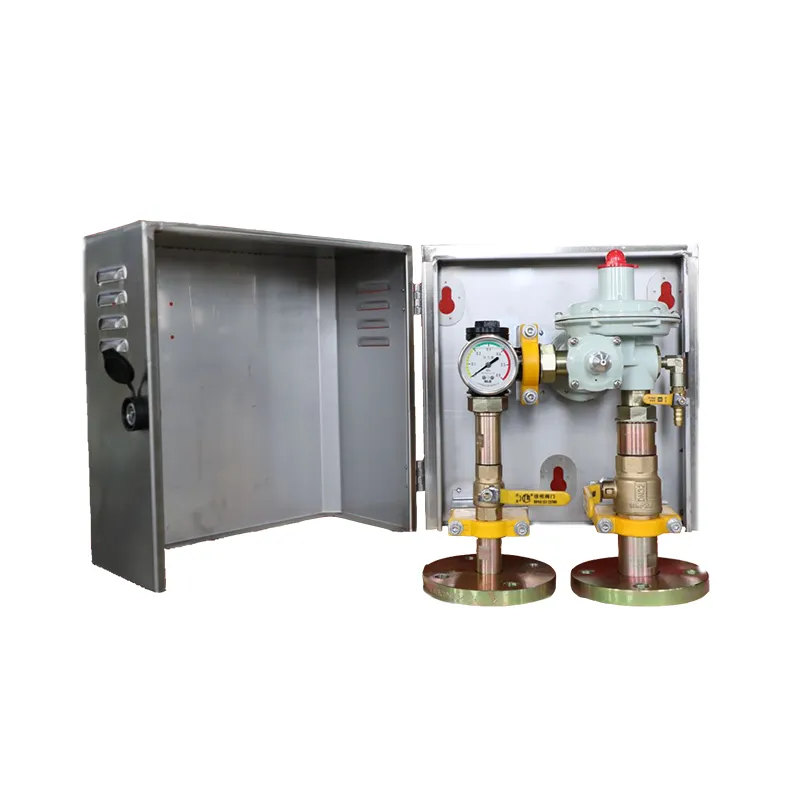
Nov . 26, 2024 08:13
Back to list
Gas Filtration Techniques for Enhanced Air Quality and Environmental Protection
Gas Filtration An Overview of Techniques and Applications
Gas filtration is a critical process employed in various industries to remove particulate matter, aerosols, and gaseous pollutants from the air. This technology plays a vital role in ensuring air quality, enhancing environmental protection, and improving industrial processes. Through a combination of scientific principles, engineering, and innovative materials, gas filtration systems are designed to meet specific filtration requirements across different applications.
At the core of gas filtration is the mechanism that enables the separation of contaminants from the carrier gas, which is typically air. There are several techniques employed in gas filtration, each suited for particular types of pollutants and applications. Among the most common methods are mechanical filtration, electrostatic precipitation, and chemical absorption.
Mechanical filtration is perhaps the most straightforward method. It involves the use of filter media that physically trap particulate matter. This media can range from simple fabric filters to sophisticated HEPA (High-Efficiency Particulate Air) filters. HEPA filters are designed to capture at least 99.97% of airborne particles that are 0.3 microns in diameter. They are especially valuable in applications where high air purity is essential, such as in hospitals, cleanrooms, and laboratories.
Electrostatic precipitation, on the other hand, employs electric fields to charge particles suspended in the gas stream. These charged particles are then attracted to oppositely charged collecting plates, effectively removing them from the gas. This method is particularly effective for fine particulate matter and is widely used in industrial applications, including power plants and manufacturing facilities. One of the advantages of electrostatic precipitators is their ability to operate continuously with low maintenance requirements compared to traditional mechanical filters.
gas filtration

Chemical absorption is another essential technique in gas filtration, especially when dealing with gaseous pollutants like volatile organic compounds (VOCs) or acidic gases such as sulfur dioxide (SO2)
. In this process, the gas passes through a bed of chemical sorbent materials that interact with the pollutants, effectively neutralizing or capturing them. Activated carbon, for instance, is commonly used due to its large surface area and adsorption capacity, making it suitable for removing a wide range of gaseous contaminants.The applications of gas filtration technology are vast and varied. In industrial settings, it is crucial for controlling emissions to meet regulatory standards and protect worker health. In urban areas, gas filtration systems can help mitigate air pollution, providing cleaner air for residents. Additionally, gas filtration is indispensable in specialized environments such as laboratories and semiconductor manufacturing, where air quality directly impacts product quality and safety.
As technology evolves, the future of gas filtration appears promising. Research is ongoing to develop advanced materials, such as nanofibers and bio-based filters, that enhance filtration efficiency while reducing energy consumption. Moreover, the integration of smart technology and real-time monitoring systems is facilitating the development of adaptive filtration solutions that respond dynamically to changing pollution levels.
In conclusion, gas filtration is an essential aspect of modern environmental management and industrial efficiency. By employing a variety of filtration techniques, industries can effectively control air quality, safeguarding both human health and the environment. As the demand for cleaner air rises, so too will the innovation and application of gas filtration technologies, paving the way for a sustainable future. With ongoing advancements in materials and methods, the potential for gas filtration systems is vast, making them a pivotal component of air quality management strategies worldwide.
Latest news
-
Safety Valve Spring-Loaded Design Overpressure ProtectionNewsJul.25,2025
-
Precision Voltage Regulator AC5 Accuracy Grade PerformanceNewsJul.25,2025
-
Natural Gas Pressure Regulating Skid Industrial Pipeline ApplicationsNewsJul.25,2025
-
Natural Gas Filter Stainless Steel Mesh Element DesignNewsJul.25,2025
-
Gas Pressure Regulator Valve Direct-Acting Spring-Loaded DesignNewsJul.25,2025
-
Decompression Equipment Multi-Stage Heat Exchange System DesignNewsJul.25,2025

